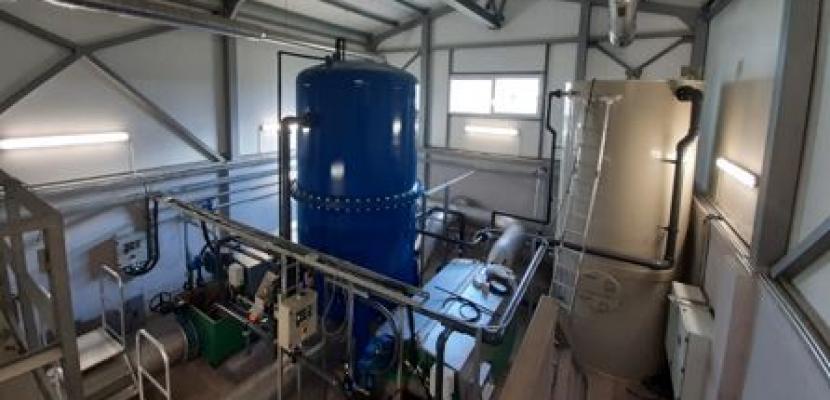
Pilot testing of activated carbon at Kretinga WWTP

About this good practice
The overall idea of the project is to test new, cost-effective technological solutions, for removal of pharmaceuticals and other contaminants of emerging concern - CECs as well as antibiotic resistant bacteria, suitable for small and medium WWTPs and to disseminate information on new technologies to the end users.
Water for test is biologically treated municipal waste water: after tertiary treatment (mechanical filters) mechanical treatment: mechanical screens and aerated grit chambers are followed by primary sedimentation tanks. Biological treatment: AO system (Anaerobic - Oxic (A/O) process), activated sludge technology used for conventional nitrogen removal with a sludge age of about 22 days. Capacity: 5 160 m3/d
Tasks for research in different conditions:
- level of micropollutants removal;
- level of pharmaceutical residuals removal;
- minimum contact time for effective pharmaceutical residuals removal;
- long life of activated carbon.
Resources needed
Pilot investments in technological solutions for removing pharmaceuticals and other CECs as well as antibiotic-resistant bacteria.
Technical data:
- Equipment – feed pumps, pressurized filter with activated carbon bed, treated water tank, backwash pump;
- Carbon type for testing Aquasorb5000, qua
Evidence of success
Using the Activated carbon to reduce the concentrations of pharmaceuticals and other emerging contaminants the removal efficiency was:
- Pharmaceuticals - 98%;
- Phthalates - 85%.
Potential for learning or transfer
In the light of long-term reduction targets,
modernization of wastewater treatment plant,
the introduction of advanced cleaning technologies, such as the use of activated carbon, would significantly reduce direct
the load of pharmaceuticals and other micro-contaminants in inland and coastal waters.
Further information
Website
Good practice owner
You can contact the good practice owner below for more detailed information.
Klaipeda University
